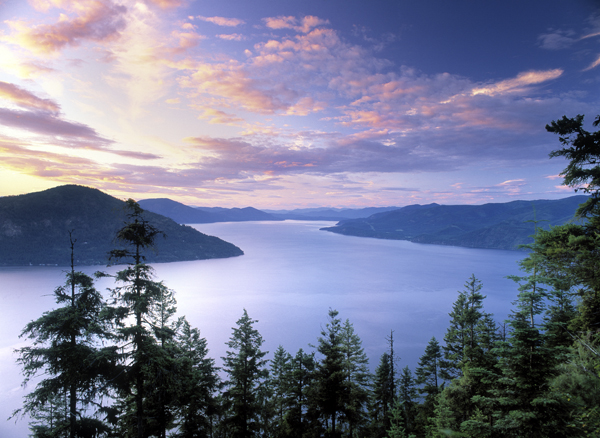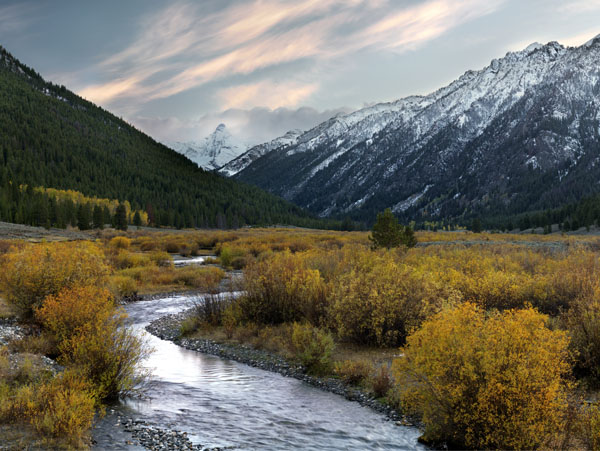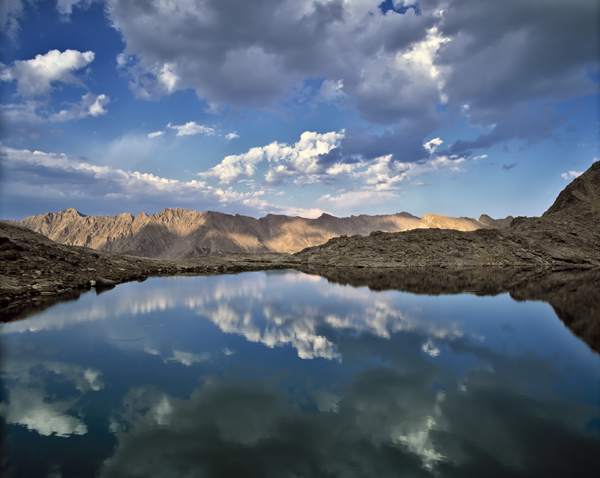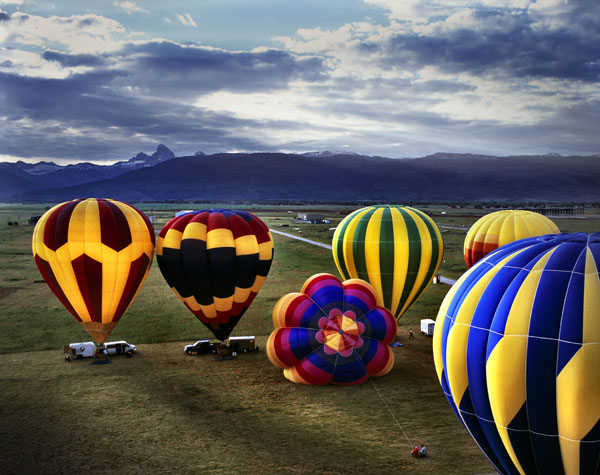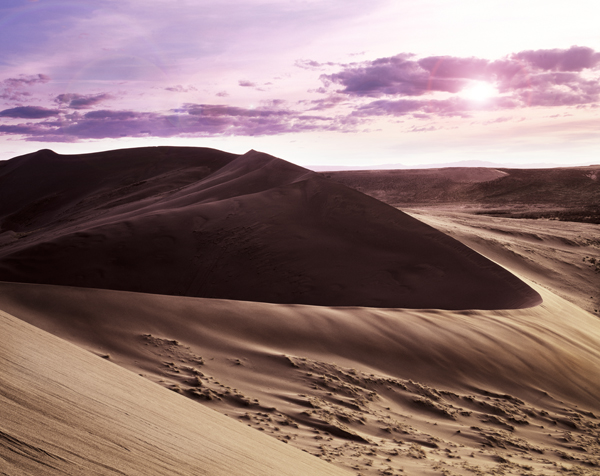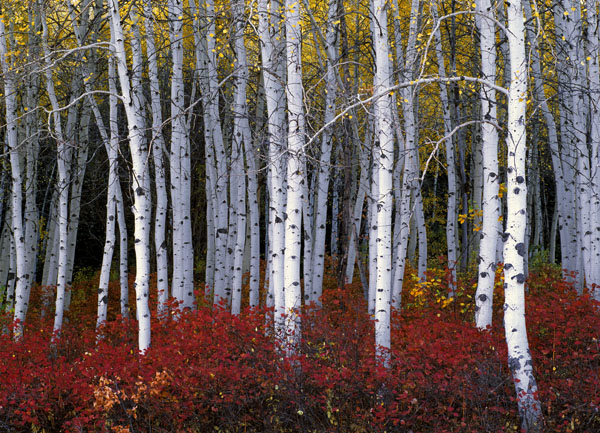Share
How To Take Your Landscape and Nature Photography to The Next Level
Photo by Leland Howard/Lake Pend Oreille in northern Idaho As photographers, we sometimes get trapped in the technicalities of photography, thinkin...
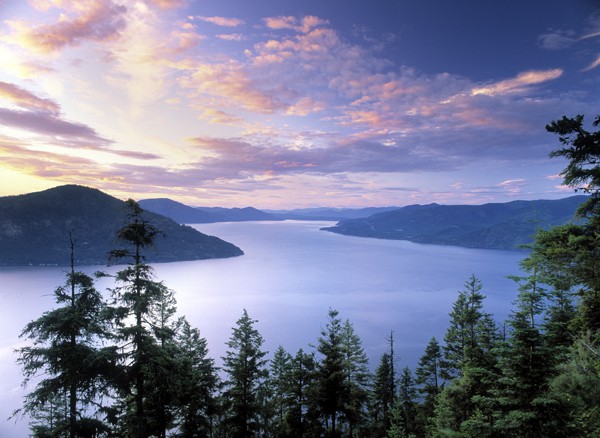
As photographers, we sometimes get trapped in the technicalities of photography, thinking only about where to position the strobe or what ISO to set our cameras on. We obsess over gear and critique each other’s setup. We might even forget what we love about the medium in the first place.
But after over twenty years in the field, mechanics come as an afterthought to fine art nature photographer Leland Howard. He’s been published by the The National Geographic Society, Hallmark, Outside, and more. But what sets him apart now is his dedication to making his landscape and nature photography into fine art. But what does it take to take your beautiful nature and landscape photography to the next level?
“When asked how I got started doing this, I can’t pronounce momentous events, sudden inspirations or a mentor experience,” says Leland. “I’m not even sure when it was that I first picked up a camera…Creating remarkable photographic imagery requires far more than deploying a bag of learned tips and tricks that we find emphasized by popular media, how-to seminars or photographic equipment manufactures. The real work that makes an image remarkable lies elsewhere, including the development of a unique vision and style.”
Keeping your head above water in the sea of landscape and nature photography is no easy endeavor. Leland will be the first to tell you that the competition is intense and the market is limited. One way that Leland stays a step ahead of the rest is by photographing extremely remote areas in his native Idaho. Most of his shots come from hiking, climbing and even cross-country skiing to get the shot.
But when asked if photographing these rarely explored areas is what makes his work fine art, Leland shoos away the notion. Instead, in his own words, he describes the 3 major things photographers need to know about turning landscape and nature photography into an art:
Think of your camera as more than just a tool
“A camera is just a tool that records light,” says Leland. “By thinking of photographic art as recording light rather than a scene, it’s possible to develop a new way of seeing. This new vision can make an artist concentrate more on the quality of available light.”
“Subtleties that might involve reflections in a pool or a warm glow from a nearby cliff become much more apparent. This careful study of light can make some photographers begin to realize how much they have been missing by looking but not really seeing. The camera becomes the tool to record the art and emotion in the mind.”
Don’t think in absolutes
“Most of the other questions I receive seem to have an underlying theme involving guidelines and rules I should reveal that will instantly help someone make better images,” says Leland. “For example, ‘What time of day works best?’ or ‘What are the key things to look for to make a beautiful photo?’ My answers to these types of questions often leave those looking for a quick fix disappointed. There isn’t a best time of day and there really aren’t any absolutes when looking for key things to make a beautiful image. The only things I see as key are dedication, passion, study and decades of hard work.”
“At what point does photography become fine art? As important as this question is, the answers may be elusive. It’s not just a matter of rules involving composition, light, balance, focus, and exposure. What matter is: Does the image demand the viewer’s attention? Does it create a desire in the viewer to experience this place? Fine art photography allows the viewer to see through the artist’s eyes. The viewer is brought to a level of appreciation that transcends technique and approaches the realm of feelings and emotions.”
Look past the personal benefits
While every photographer wants to make a living off his photography, Leland believes that part of landscape photography art is using it to draw emotion and response in others. “When I first began to get serious about making images of nature, I had no way of knowing how many lives I would have a positive effect on,” says Leland.
“For example, The Bureau of Land Management (BLM) in Idaho used my photographs to raise over 33 million in donations for land preservation along the Snake River. At fundraising events, the BLM presented slide shows of my work highlighting the largest riparian cottonwood forest in the west; and sixty miles of the South Fork of the Snake River, one of the most unique and diverse ecosystems in Idaho.”
“This is a good example of the power of photographic art. History shows that artists like Ansel Adams were instrumental in developing awareness that led to the preservation of national treasures like Yosemite, Teton, Glacier and Yellowstone National Parks. Millions of acres in the USA, and globally, have been preserved following awareness campaigns that included fine art photography.”
Final thoughts
When you start to think beyond the nitty-gritty technical details of photography, you can start to think of your work as an art form. This seemingly simple shift in attitude can inspire you to push yourself, and then produce work that others come to view as fine art. For more on Leland Howard, check out his full gallery list.
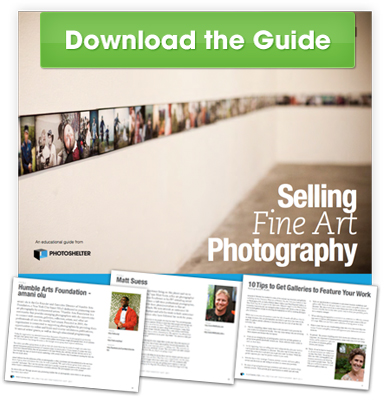 And for more on how photographers are establishing and growing their fine art photography sales, we assembled 12 additional interviews with photographers, gallery owners, online curators and consultants. Get their insights on how to succeed in the free guide, Selling Fine Art Photography.
And for more on how photographers are establishing and growing their fine art photography sales, we assembled 12 additional interviews with photographers, gallery owners, online curators and consultants. Get their insights on how to succeed in the free guide, Selling Fine Art Photography.
